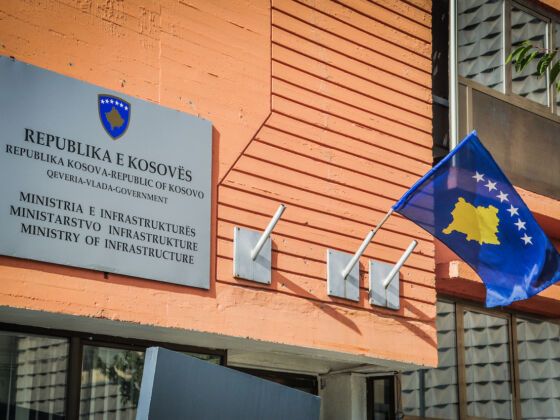MOROCCO has always been somewhere on my travel bucket list. Not for the markets in Marrakech, but the easy access it affords to the Sahrawi Arab Democratic Republic. Turkey is a great destination too. After all, it’s only a short hop from Istanbul to Abkhazia and Nagorno-Karabakh.
If you’ve never heard of them before, it’s quite possibly because they don’t yet exist as countries in the eyes of much of the world. What is interesting is that these non-states, despite a lack of formal diplomatic recognition, often function as more or less independent nations. Many have their own currencies, governments, and visa procedures for would-be travelers, and some even see a respectable number of tourists each year. For countries that aren’t meant to exist in the first place, that is.
Some are places you can go and explore just like any other. They just happen to be the sovereign version of Schrödinger’s cat. They exist but they don’t. You can visit, but you can’t.
